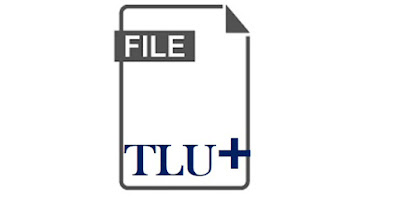Timing Exceptions - Multicycle Path
As we have in the previous
article, we discussed the Timing Exceptions – False Path and, Min & Max
Delay Path. Today, we are going to complete our discussion on the timing exceptions.
Multicycle Path:
As we have seen timing analysis
of various paths, usually, data needs a cycle or half-cycle to evaluate itself and
getting captured by capture flip flop. But there may be the cases where the
paths need more cycle to evaluate themselves.
In some cases, the combinational
data path between two flip-flops can take more than one clock cycle to
propagate through the logic. In such cases, the combinational path is declared
as multicycle paths.
Even though the data is
being captured by captured flip flop on every clock edge, we direct STA tool
that the relevant capture edge occurs after the specified number of clock cycles
by defining or constraining in SDC file.
 |
| *Figure: Multicycle Path |
In the above example, combinational logic needs 3 clock cycle to compute the data and correctly captured by capture flip-flop. We configure this path by the following instruction/commands:
set_multicycle_path -setup 3 -from [get_pins UFF0/Q] -to [get_pins
UFF1/D]
set_multicycle_path -hold 2 -from [get_pins UFF0/Q] -to [get_pins
UFF1/D]
By constraining the path
to be a multicycle path, we instruct the STA tool that where we have to check
the setup (-setup 3) and hold (-hold 2)
value for that particular path. In the above example, the value after setup and
hold has significance.
Now, in first instruction
where we define value for setup check i.e. 3. Its means, we instruct the STA
tool that setup will check after 3 clock cycle. For example, of clock
period is 2ns, the setup will check at 6ns.
But the real game is different. What about the HOLD check!!!
 | |
|
In most common scenarios, we would want the hold check to stay as it was in a single cycle setup case. Even for hold check in normal single cycle path, we check the hold at the same clock edge cycle. In other words, the default hold check is to be done on the active edge prior to the setup capture edge.
For the hold check
understanding for a single clock cycle, I used to give the same context in a different
form. Because the understanding of hold check in the multicycle path is
difficult to understand.
Now, the data is free to
change anywhere in between the three-clock cycle. The hold checks in the multicycle
path, without specifying the hold value, the check is done at
edge prior to the setup capture edge i.e. at 4ns by default. But it is not intended.
We need to be checked the hold check at the same edge where we launched the
data i.e. at 0ns.
By specifying the
hold value in the multicycle path, we instruct the tool that hold must
be check at the same point of time where data has launched. We need to
move the hold check 2 cycle prior to the default hold check edge and that's why hold
check 2 is specified. By doing this, we get the intended behaviour of hold
check as we get in the normal case.
Thus, a multicycle path setup
specified as N (cycles) should be accompanied by a multicycle hold constraint
specified as N-1 (cycles).
At this note of discussion, we wrapped up this topic and we will meet soon with a new topic of STA. Thank you. Have a nice day!!!


Comments
Post a Comment
If you any doubt, please let me know